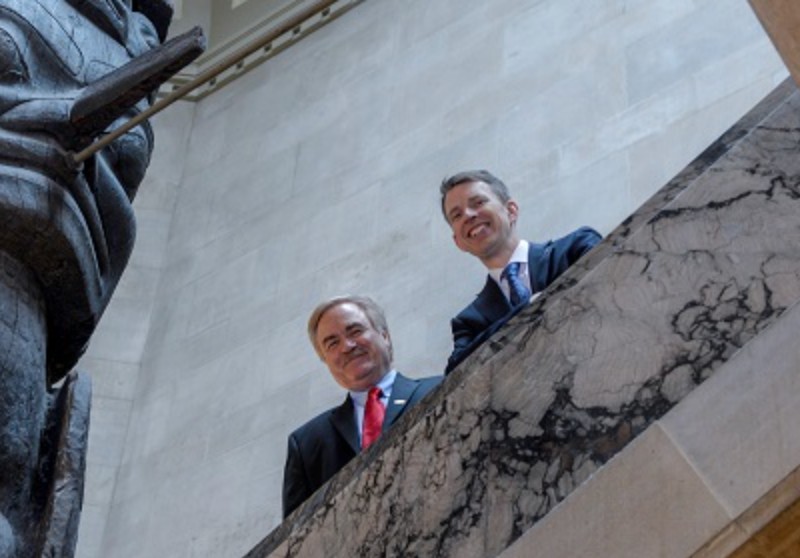

While many pension plan sponsors are moving away from defined benefit plans and favouring more affordable defined contribution structures, a new option for plans is merging the management of their assets and liabilities with larger plans.
Since 2016, the Royal Ontario Museum, the Youth Services Bureau of Ottawa and, most recently, Torstar Corp. have merged their pension plans with the Colleges of Applied Arts and Technology pension plan. As well, the CAAT launched a new DBplus design, which has a different plan design than the rest of the pension fund’s core plan.
Read: How YBS Ottawa merged its pension plan with a bigger player
“It’s still one plan, two designs,” said Evan Howard, general counsel and vice-president of pension management at the CAAT, speaking at the 2018 Defined Benefit Investment Forum in Toronto on Dec. 10. “So the liability pool remains the same and we have not seen any need to change our investment platform as a result.”
When the various plans merged with the CAAT, they had solvency deficits, which was a big part of why they were looking for other plan management options, he said. “Managing pensions was taking a greater degree of their time. We, as a jointly-sponsored plan, don’t fund on a solvency basis, so the fact that they may have had a solvency deficiency wasn’t relevant to us.
“Our pricing for those mergers was simply taking their liabilities, pricing them based off of our assumptions, our discount rate, using that going-concern methodology, but then multiplying it by our funded ratio, so that way our existing members and sponsors aren’t subsidizing those past liabilities we take on.”
The CAAT plan is 118 per cent funded, noted Howard, so for every dollar of past liability it took on, it had $1.18 in assets. “When we measured their plans using that measure, they actually had sufficient assets in their fund to achieve that.”
Read: CAAT wins pension performance award for membership growth strategy
In the end, the CAAT takes on full fiduciary responsibility for the plans it has merged with, he said. “They become fully part of our plan.”
A lot of consideration went into deciding to take on fiduciary responsibility for additional plans, said Howard, noting the idea was originally inspired by the 2012 Drummond report, which prompted the board of trustees to consider the benefits of consolidation.
“One of the things that came out of that was we did see actual benefit in consolidating liabilities under the plan. It would drive greater efficiencies within our plan. And so that’s what started us on that route.”
As the CAAT was talking about this idea with the industry, the ROM plan approached it with the idea of the merger, said Howard. The option was considered carefully, since by agreeing to a merger the CAAT had to have a high degree of certainty that it would be successful, he adds. One key challenge was the ROM plan member contribution rates were much lower than the CAAT contribution rates, so members had to be willing to migrate to a higher contribution.
Read: Sounding Board: ROM, CAAT pension merger lowers costs and risks
“We got a lot of comfort because the ROM had a pension committee that had both member and employer representatives on it, who had been tasked over several years to study alternatives to their pension arrangement. So there was a high degree of understanding and knowledge within their workforce that the status quo couldn’t continue, and they placed a high reliance and value on being able to maintain a defined benefit plan.”
This also gave CAAT a high degree of comfort that taking on the ROM plan would be successful, said Howard.
“And we said yes. And the rest is history.”
Read more articles from the 2018 Defined Benefit Investment Forum
